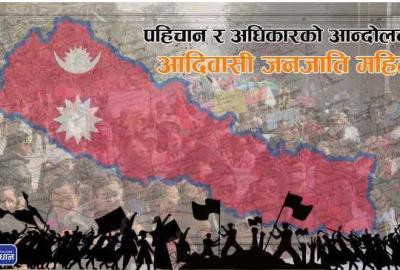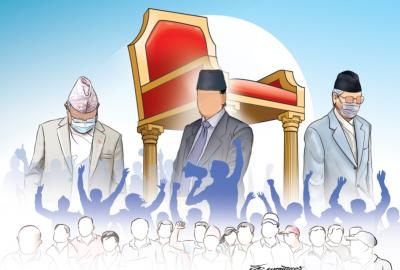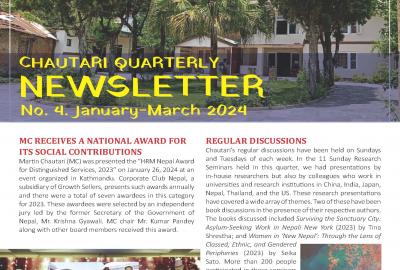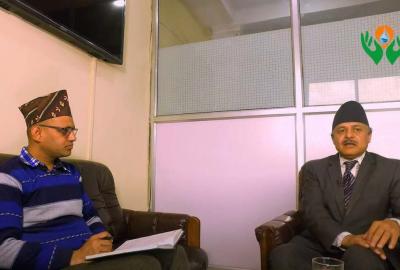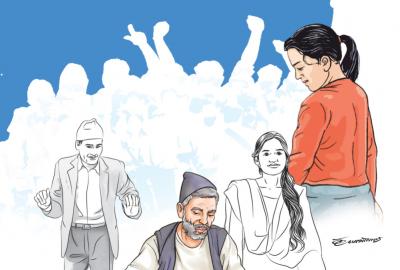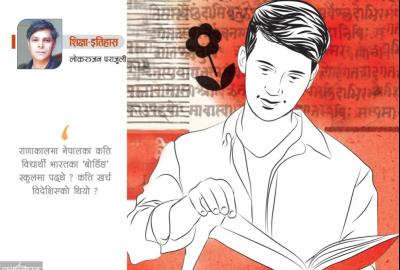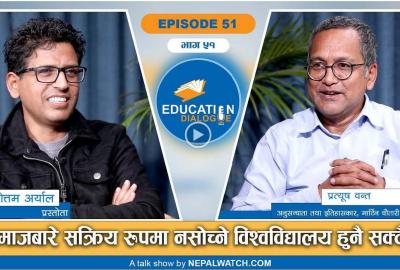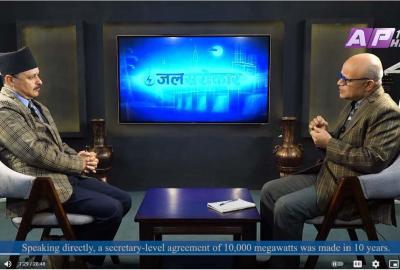Four misconceptions about Nepali Internet
2021-08-31August 16, 2018 Author: Shailesh Pandey
Note: This blog post is based on the research brief “Moving Beyond Access: The Landscape of Internet Use and Digital Inequality in Nepal” and the journal article “Changing connectivities and renewed priorities: Status and challenges facing Nepali Internet” written by Martin Chautari researchers.
Many popular writings about Nepali Internet are from a pro-innovation position. The position assumes innovation as something that has to be diffused and taken-up by all in the society. Hence, there are no points to discuss except how to take it to everyone. We sometimes hear about opposition to the proposed directives and policies that follow from this position. These are however restricted to privacy and security issues and control of the Internet by the government. These are about effects. We rarely read or hear about evidences behind the position, especially when some of these are incorrect or ill-informed. We discuss four such misconceptions that knowingly or unknowingly make rounds in the popular media spheres. The question is not about whether the Internet is good or bad for the society. The question is about generalizations and validity of the assumptions behind the connectivity-obsessed agendas. We now discuss the four misconceptions in no particular order.
#1: Mobile phones have all but closed the gap
We know most new Internet users go online through their mobile phones. We also know a mobile-Internet subscriber used monthly 105 Megabytes (MB) of Internet data in 2015. This is the same as watching an hour of YouTube video in the lowest quality. This small use can take some of us back to the dial-up era. So how are the telecoms registering an increase in data consumption every year? Of course, people who are already using the Internet consume a bit more than the last year. However, there is more to it. Mobile Internet took off thanks largely to smartphones in the United States back in 2010. Data consumption by the top ten percent increased by 109 percent from 2010 to 2011. This is even more astounding for the top one percent with a 155 percent increase. Meanwhile, a large percent of the population hardly used any data. The top ten percent use ten (or twenty) times more mobile-Internet data of the bottom forty percent. This gap increases every year. Yes, most of us have mobile phones in our hands. However, the gap has not closed but shifted from ‘access’ to ‘usage’. It is similar to filling an existing hole using the mud from a newly dug bigger hole.
#2: The 80/20 rule does not apply to mobile phones
The 80/20 rule is a generalization that says eighty percent of the effects come from twenty percent of the causes. In the case of mobile-Internet, eighty percent of Twitter traffic comes from twenty percent of locations in Nepal. Almost sixty percent of the total tweets originate from the Kathmandu valley. Forty-one percent of total tweets originate from Kathmandu city alone. Sixteen districts fail to register at all on Twitter activity. Twelve of these are from the mid-western and far-western development regions. The rule is not limited to Twitter. Google search requests show similar unevenness. It is also valid for YouTube and Facebook. We have to look at usage (how much time/data someone spends) rather than access (if someone uses it) to see it. The explanation is simple. A small proportion of the population is responsible for most of the online traffic. These are affluent people residing in major urban hubs of the country. The distribution and traffic of 3G towers will vouch for it.
#3: All mobile-Internet subscribers are users
At the end of May 2018, mobile phone subscription was 130 percent. Thirty percent of people with mobile phones are mobile-Internet subscribers. Notice I said subscribers and not users. Anyone with a handset that can open a webpage is an Internet subscriber. This leads to the question: when does a subscriber become a user? Nepal Telecommunications Authority or the telecoms do not say anything about it. We therefore turn to International Telecommunication Union for the definition. You are an Internet user if you have used the Internet from any location and from any device in the last three months. If you accidentally flick-on the data switch in your smartphone and your apps download in the background for a few seconds, you become an Internet user. So is someone who spends hours daily on the Internet. If we include all subscribers as users, we get a rosy picture of Internet use. Here you reach as high as fifty percent. If we increase the criteria to many hours in a day, we get an opposite picture. Here, you are down to ten percent or less. A “meaningful use” of the Internet is closer to an hour.
#4: Connectivity is not just necessary, it is sufficient
Connectivity-obsessed agendas simply assume linkages between connectivity and (economic) benefits. We do not hear about other possible outcomes. Internet is a skill-based technology that can widen the existing income inequality. The affluent and well-educated have been able to take advantage of the digital economy in the developed countries. The conditions that discourage use, small pool of Internet users, illiteracy, small-scale employment in the technology industry and low-income levels will not magically disappear with the arrival of connectivity. Even the World Bank recommendations of favourable business environment, strong human capital and good governance are formidable challenges for decades to come. The agendas also have little to no understanding of the informational behaviour and co-existence of small-scale users, recent adopters and dropouts alongside Internet heavy users and non-users. Since many in the policymaking positions believe that there are always new technological fixes for the development problems, they say very little on who benefits, who is left out and importantly by how much. Benefits are assumed to exist for everyone and everywhere.
